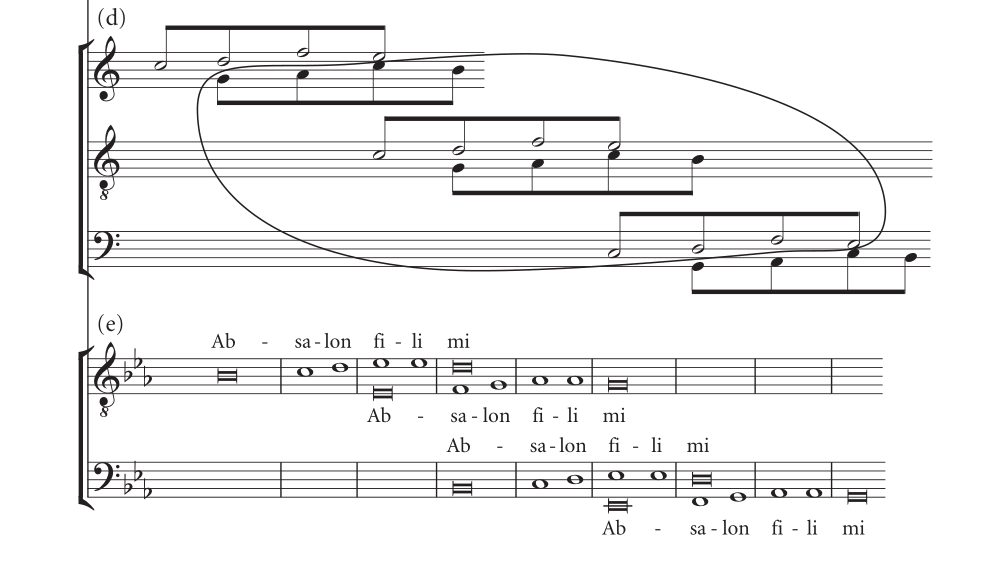Some Remarks on Literate Music in the Age of Polyphony
Mar 29 2020Introduction
‘Where there is music, madam, there can be no harm.’
Don Quixote, II.34
If I may be excused for the vanity of talking about something which is particularly dear to me, and with the hope that it may be of value to others, I shall attempt to form a narrative out of the music which most interests me. It ranges from the final cantus firmus masses of Du Fay to the magnificats of Gombert. For such a diverse body of works, it is natural to first search for a convenient label. The hallowed name of “Renaissance music” seems to have outlived its usefulness now that the connotation of a renascence in music which parallels the developments in literature and art is no longer tenable1. Lowinsky’s more subtle term, “Music in the Culture of the Renaissance”, which removes the direct association, nevertheless places the music as a contemporary witness of the rich culture of humanism and classicism in literature and art. It is difficult to explicitly connect the immediate qualities of the best compositions of Palestrina and Lassus, much less those of Gombert, Josquin or Ockeghem, with the virtues of music extolled in the works of classical antiquity. Indeed, it has been aptly stated that the “Renaissance” in music did not begin until 1600 with Monteverdi and the rise of monody, a period that was once universally acknowledge to mark, for music, the boundary between the Renaissance and the Baroque2. The influence of humanism on music began in earnest with the Italian theorists only in the second half of the 16th century, and intensified as the century drew to a close, as shown by the magisterial survey by Palisca3. If “Renaissance” carries with it too much historical baggage to be misleading when used for the likes of Busnoys or Obrecht, is there another label which succinctly summarises the rich legacy of music between Du Fay and Willaert? Even if such a label exists, is it even useful?
